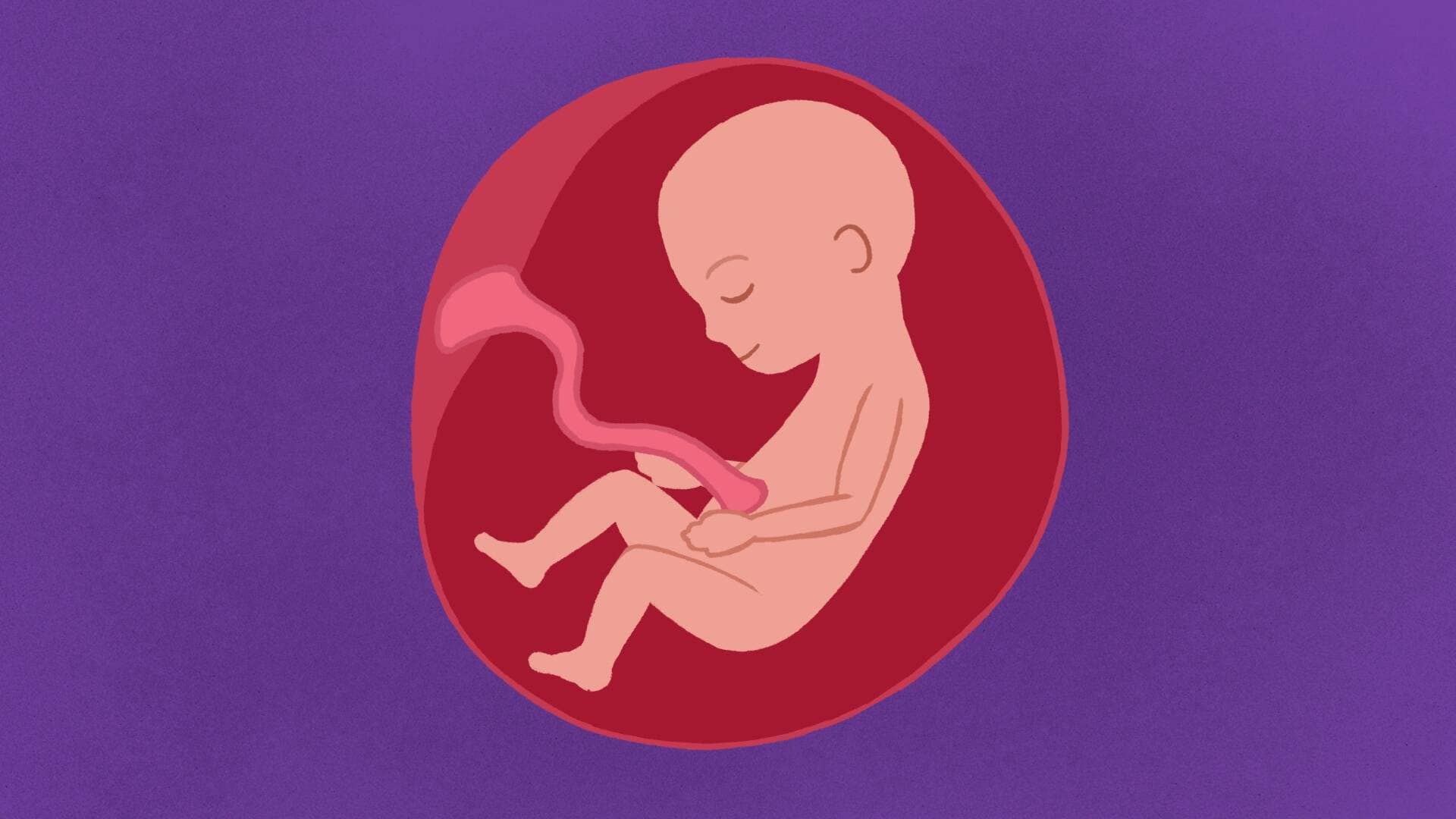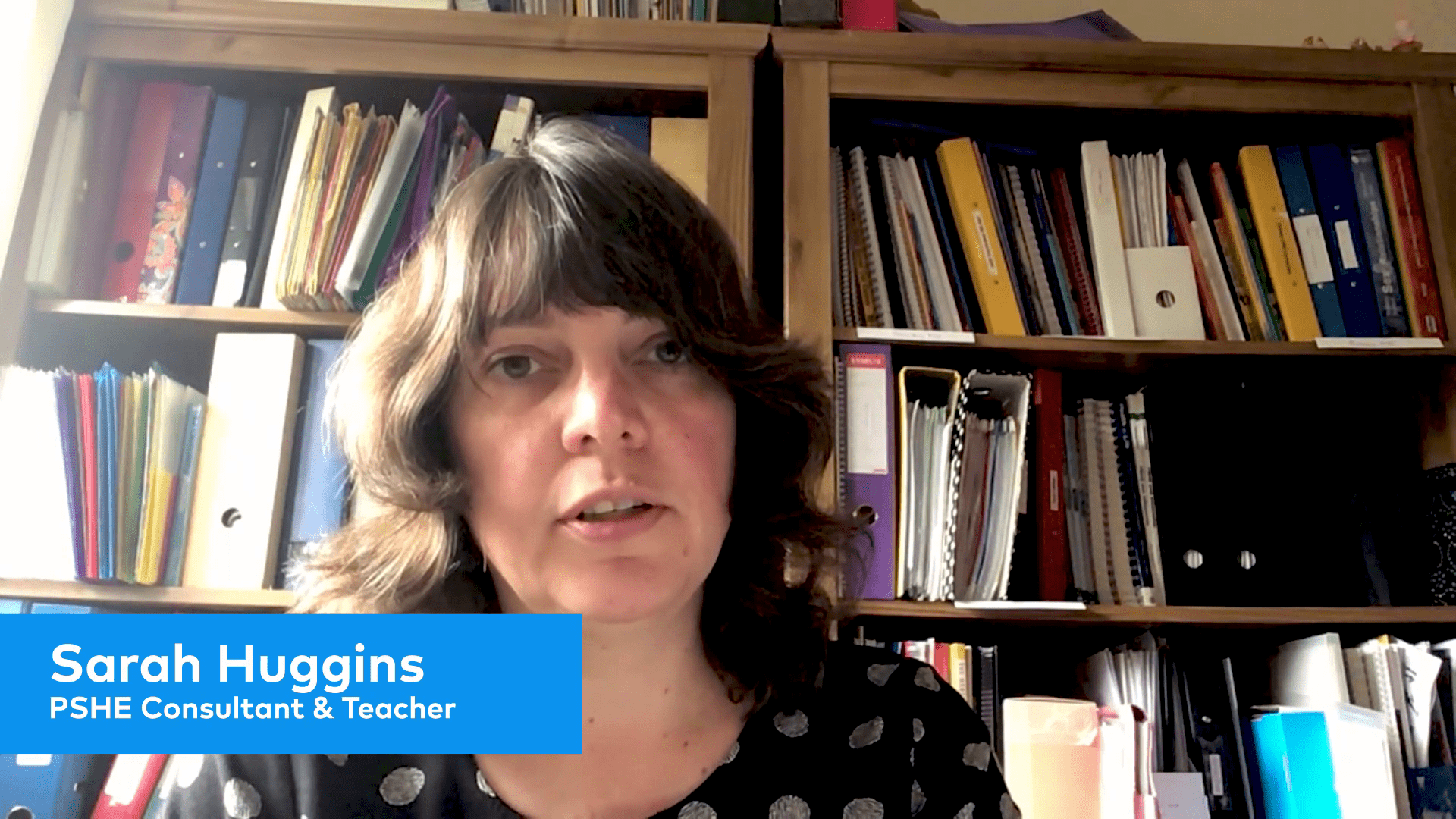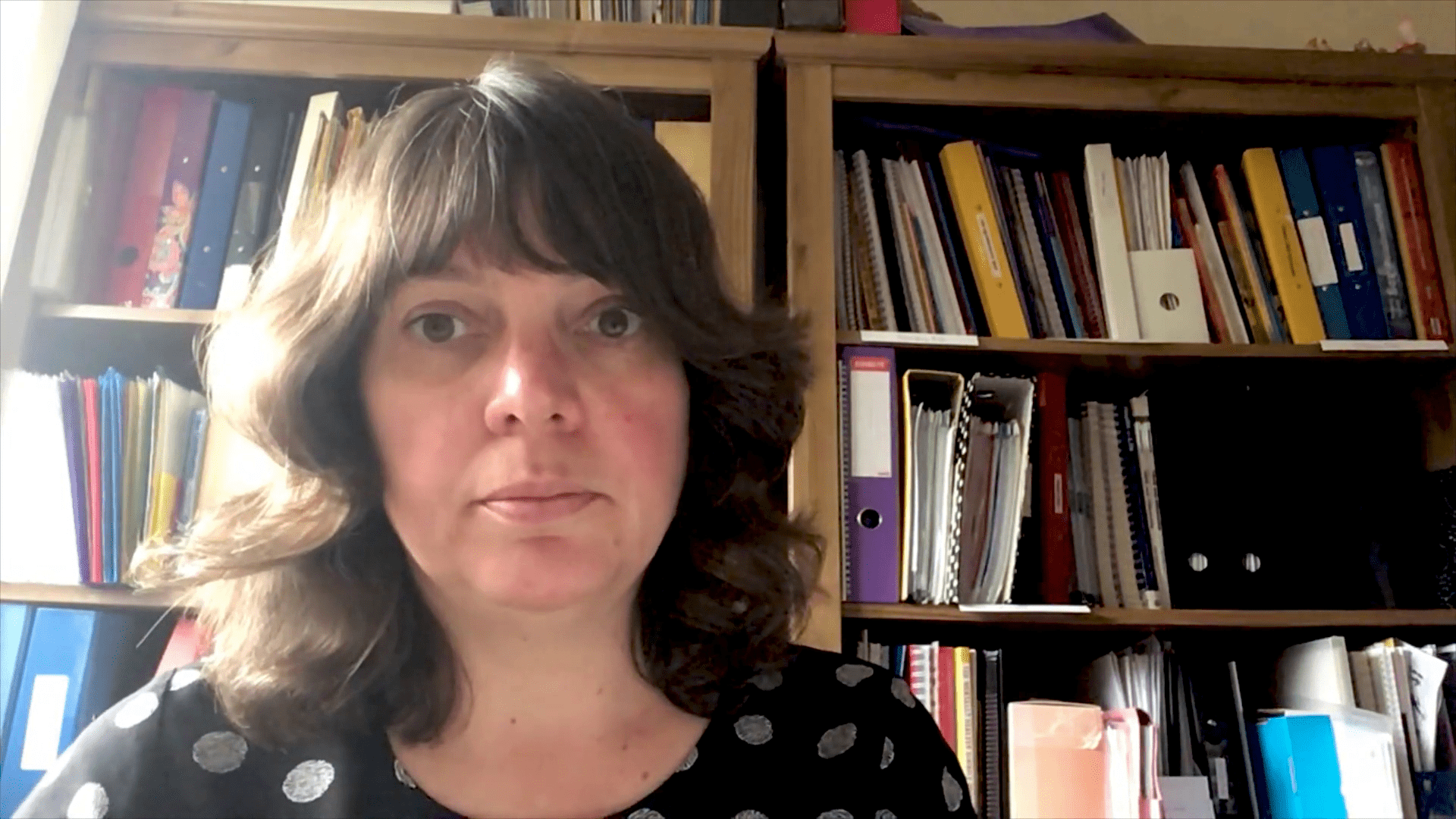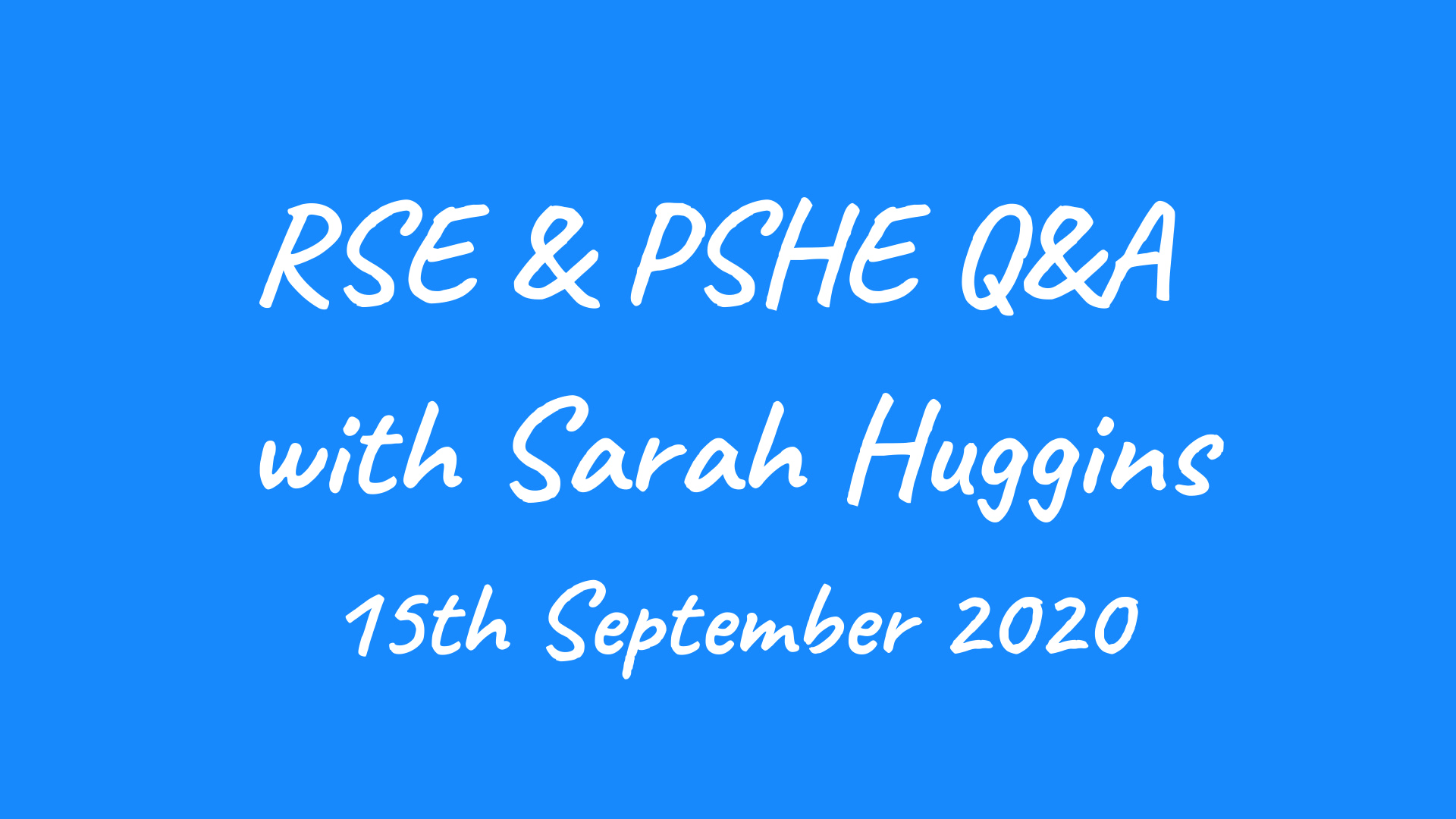
This age-appropriate video for Year 6 pupils explains the biological process of human conception. It describes how ovulation works, what happens during sexual intercourse, and how a sperm fertilises an egg to begin pregnancy. With clear, factual language and a supportive tone, the video helps children understand where babies come from, reinforcing key learning in the “Safety and the changing body” unit.
There is an alternative version of this video available that has been voiced by a man.

This Year 6 lesson video explains the stages of human pregnancy and birth in a clear and age-appropriate way. Pupils will learn how a fertilised egg develops into an embryo, then a fetus, and eventually a newborn baby. The video also explores how a baby grows in the womb, how it’s nourished, and how birth happens. This video supports the following lesson:

In this video, recorded on 5th October 2021, we provide an overview of Kapow Primary’s Computing scheme. Find out how the curriculum is structured, what support is available for teachers, and how the scheme aligns with national expectations while being flexible to suit your school’s specific needs. Find the accompanying slides here.

This video explores how to teach physical health in RSHE, covering diet, sleep, and activity topics. Sarah discusses how these lessons connect to other subjects like PE and D&T, and offers practical advice for navigating sensitive topics such as obesity, eating disorders, and parental support—while promoting a healthy and balanced approach.

This video explores how to approach physical health education in RSHE lessons. Sarah discusses the importance of teaching children about the links between diet, sleep, and physical activity, and how these lessons can complement subjects like D&T and PE. She offers guidance on handling sensitive issues such as childhood obesity, family eating disorders, and lack of parental support, while maintaining a safe and respectful classroom environment. The interview also highlights the Eatwell Guide as a model for healthy eating and stresses the importance of promoting balance over restriction. Finally, it addresses how to spot signs of illness in pupils without causing unnecessary anxiety.

This video explores the theme of friendships in RSHE lessons. Sarah discusses how children are taught to form and maintain friendships, understand that falling out is normal, and practise friendly behaviours. She explains how to support children who struggle with friendships using distancing techniques like stories and puppets, and how to include those who may not have close friends but are content. The video also advises teachers on handling repetitive content and real-life class situations by adapting lesson scenarios while ensuring they remain depersonalised and inclusive.

In this introductory video, Sarah outlines how teachers can confidently deliver RSE within the PSHE framework. She explains the importance of establishing ground rules to create a safe learning environment, using distancing techniques, and ensuring inclusive language aligned with the Equality Act. The video also offers strategies for handling sensitive questions, adapting lessons for children with SEN, and helping pupils know where to seek support—empowering teachers to approach RSE with clarity and confidence.

In this RSE & PSHE video, Kate explores how to teach the theme of families in an inclusive and sensitive way. The discussion covers the diversity of family structures, including same-sex parents, extended families, and looked-after children, as well as how to address sensitive topics like loss and change. Kate also offers practical advice on language use, creating a safe learning environment, and navigating statutory requirements, helping teachers ensure that every pupil feels represented and supported.

This video features a question-and-answer session with Sarah Huggins focused on RSE (Relationships and Sex Education) and PSHE (Personal, Social, Health and Economic education). The discussion likely covers best practices for delivering RSE and PSHE in primary schools, addressing teacher concerns, setting classroom ground rules, inclusivity, safeguarding, and how to answer pupil questions appropriately. The date suggests it was produced shortly after RSE became statutory, so it may also include guidance on implementing the new requirements confidently.









